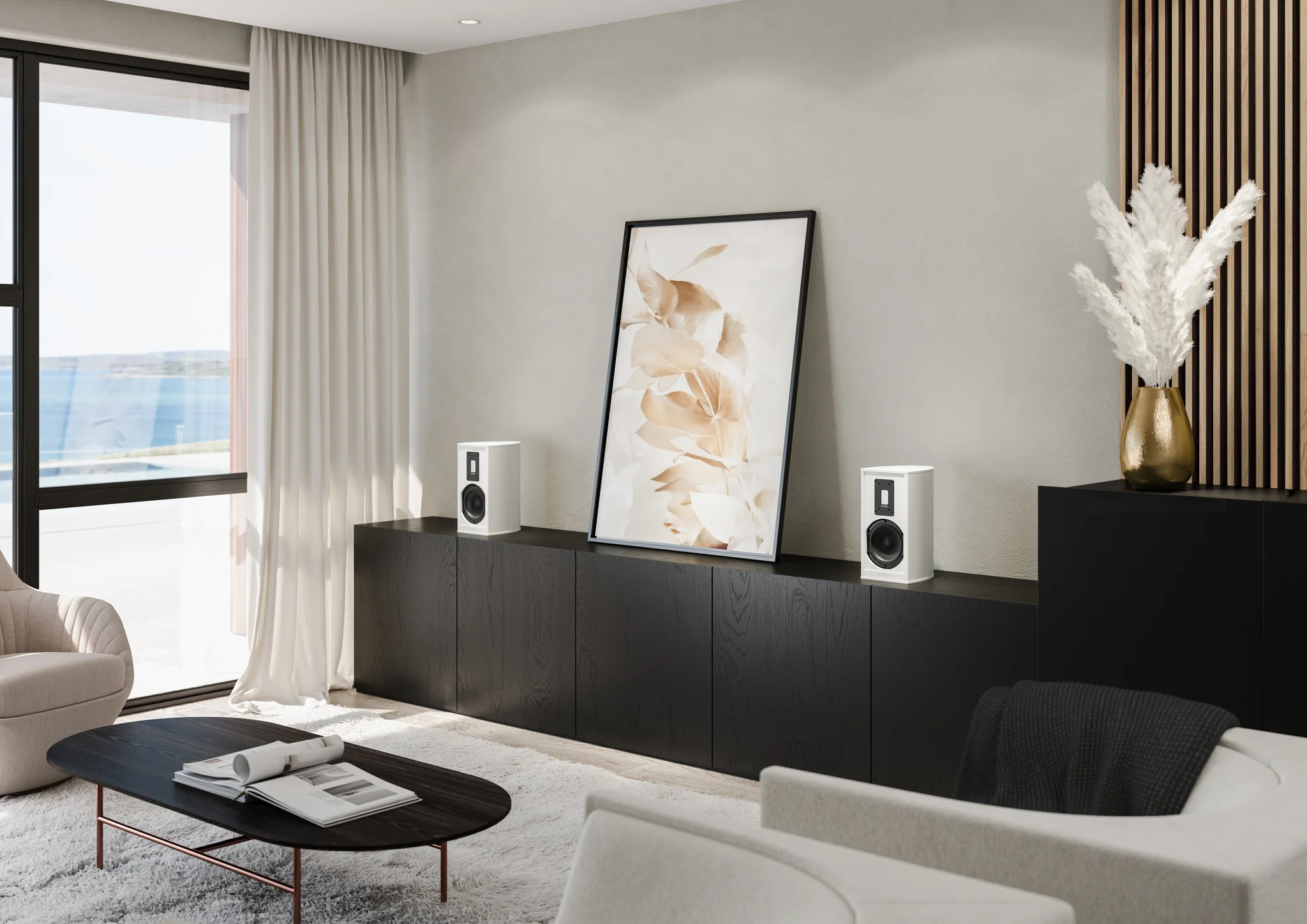The perfect playlist – Read on for some pro advice
October 2021
by Stefan Leu
Putting the feet up, lounging comfortably on the sofa, and enjoying a glass of wine; that’s how to end the day in a relaxed way. Yet one thing is missing: the perfect sound! But what to look for? Relaxing tunes, chill-out, or something a little more upbeat? Streaming services such as Tidal and Spotify allow you to select suitable tracks at the touch of a button. The number of playlists is becoming ever larger, leaving the user with an almost unmanageable array of music to flick through to make the perfect choice. Besides working as a sales expert, Stefan from PIEGA is a music enthusiast, passionate DJ, and responsible for our PIEGA-Playlists. So, we asked him about his criteria to create an ideal playlist. But first: a lot of work goes into every playlist and the difficult choice: what suits best?
4 tips on how to create the perfect playlist:
Tip #1: Intensive usage impacts your playlists – how streaming services use artificial intelligence to get an idea of what you like
Thanks to clever algorithms, artificial intelligence might sometimes know more about us than we do ourselves. Streaming services rely on this technology to measure user behaviour as accurately as possible and get a picture of our music preference. The more you stream, the more precisely AI deduces what you might like to hear next by using the following methods:
- Feeding the algorithm: Spotify creates a personal „taste profile“ for every user in which it keeps a summary of all titles, albums, artists, playlists, styles, and podcasts they listen to. By doing so, Spotify can recommend new songs and podcasts that should be right up their alley.
- Keeping eyes and ears open: Nothing goes unnoticed by the algorithm. It constantly scans the internet looking for clues to assess a particular song. Those clues can be found in blog articles, comments on websites, or social media. The Spotify algorithm then analyses any feedback on a specific song and puts together a detailed assessment. Spotify learns how the online community views songs and albums within just a few days and then uses this knowledge to feed every user’s personalised recommendation section.
- Analysing emotions: Emotions are part of every analysis. This is how Spotify categorises happy and sad or melancholic-sounding songs. So, if someone suddenly plays a lot of sad love songs Spotify will recommend more titles that fall into the same category. But Spotify also detects when and where we like to play music, be it at home, on the go, or in the car. This can be of help, as it means we don’t have to flick through a million songs but instead get suitable recommendations upon starting the service. Many experts, however, question this approach, arguing that users most likely associate different emotions with a particular song. At the same time, our memories and our current emotional state play an important role in the way we perceive music.
Spotify emphasises that it won’t rely solely on AI-generated recommendations. The streaming provider understands that our taste in music can not entirely be classified based on pre-defined parameters and collected data from the internet.
Tip #2: How to identify hi-res quality music
Sound quality depends on the choice of provider and subscription, the pricing structure, and not to forget: your individual settings. Many providers offer high-quality streaming, such as Tidal, Qobuz, or Deezer. And soon, even Spotify will offer streaming in CD quality by launching «Spotify-HiFi» later in the year. Take a closer look at the streaming quality in the «settings» of your provider and, if necessary, increase it yourself for mobile data or Wi-Fi.
If you want to learn more about high-quality music streaming, take a look at our recent blog article:
Tip #3: Warm-up, primetime, cool-down: when to play what
What song you choose is a very personal matter based on your taste in music. My many years of experience as a DJ and musician still help me create my playlists. Of course, I have accumulated a significant collection of song titles over the years that I continue to consult when working on a new playlist. I personally like variety in style and tempo, and design my playlists as if they were part of a live DJ set, played for an expectant crowd. But in the end, it’s all about sparking emotions, whether you’re delivering the soundtrack for a convivial dinner, a romantic sunset, or a buzzing party.
Tip #4: The ideal length and Stefan’s preferred choice
The length of a playlist can be varied and should be chosen to suit the theme of your event. It may well last four hours or even longer. For drinks with friends, I like to go for something «groovy», while in a dinner setting, I prefer music that perfectly blends with the background, still allowing for the odd foot to tap along with the beat underneath the table 😊. The later the night, the more the tracks should have an animating effect preparing for subsequent dancing at the club. Then what happens on a dancefloor can never be replaced by a playlist – it’s the kind of magic only an experienced DJ can spark.
Here you can find my playlist, which I created to match the theme “Evening with Friends”:
Meet Stefan
Stefan Leu has been with PIEGA for almost 20 years, in which he held various positions. He is a sales expert and music enthusiast. Besides, he is a passionate DJ who lives out his love for music at work not only by creating our in-house playlists or choosing test songs for our speakers but also by setting the mood at PIEGA events and parties.
 Please wait while we redirect you to PIEGA USA.
Please wait while we redirect you to PIEGA USA.